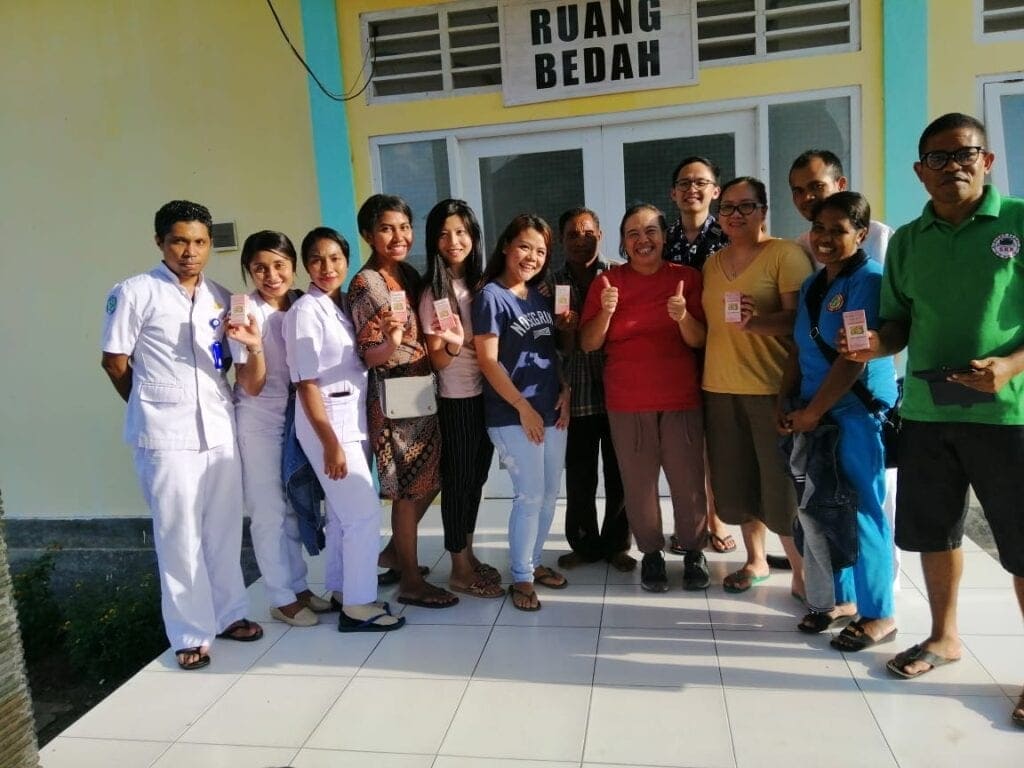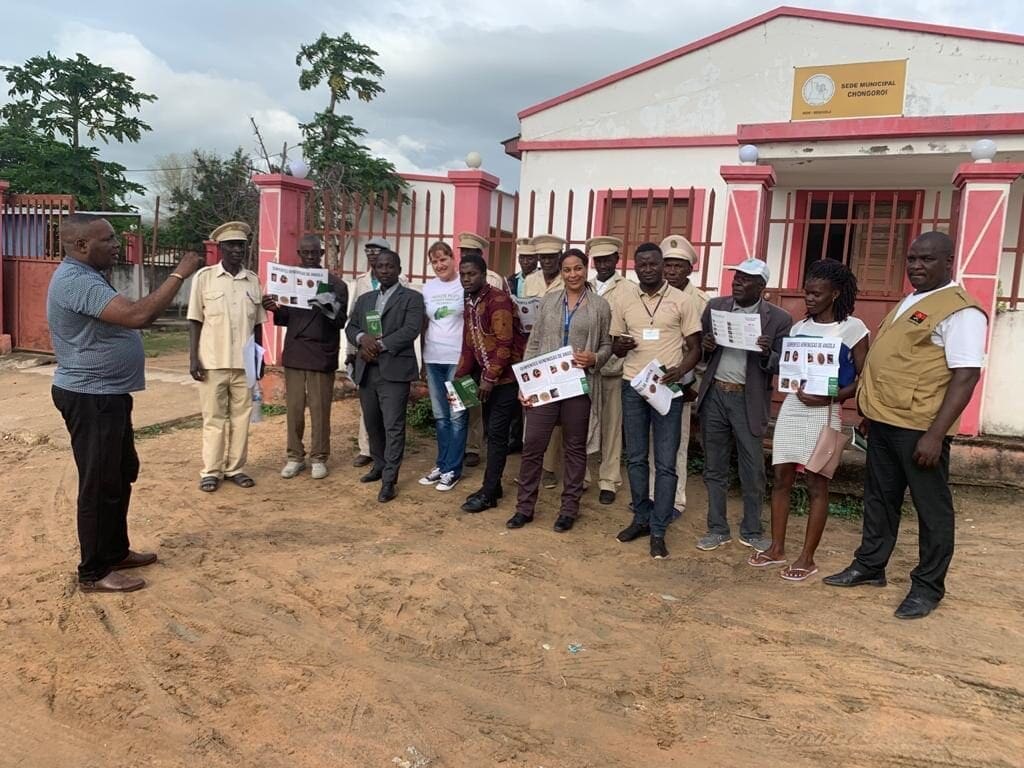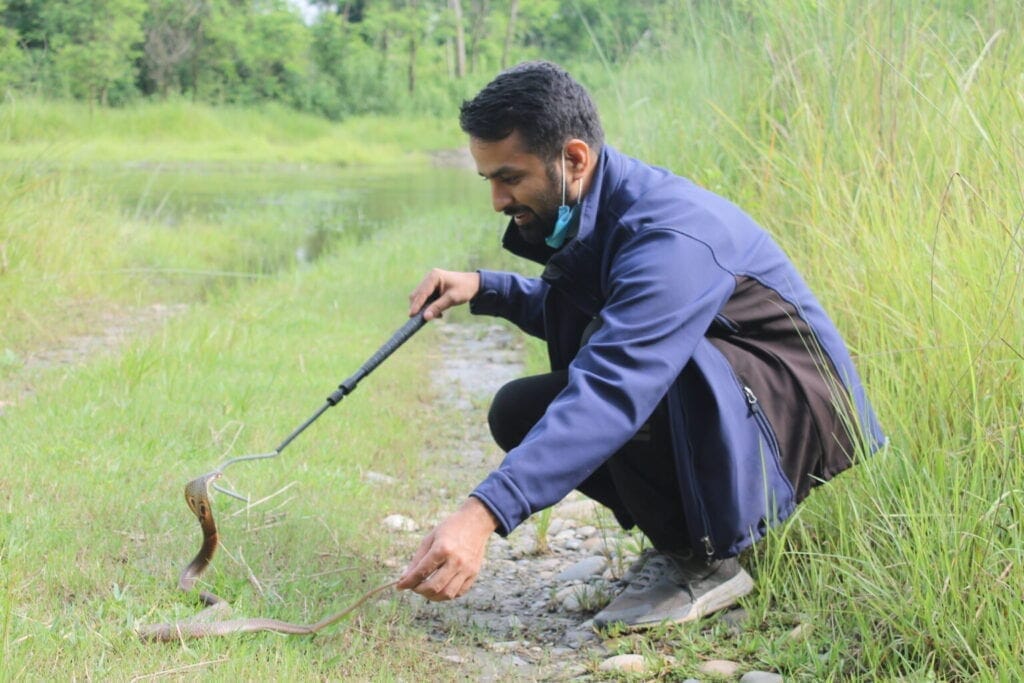In the summer of 2019, the World Health Organization (WHO) launched its highly anticipated global strategy on snakebite envenoming. It was a historical milestone that triggered a pipeline of funding dependent activities through four thematic pillars aimed at collectively halving snakebite deaths and disabilities by 2030. However, just months later, restrictions from the ongoing coronavirus (COVID-19) pandemic have caused disruption to snakebite related projects and activities on all levels including planned WHO pilot programmes. Tragically, against the backdrop of COVID-19, snake bites are still causing deaths and disabilities at an alarming rate. To better understand the impact of coronavirus on snakebite victims, and how best to respond, it is essential that the voices and experiences of those directly treating victims and those experiencing snakebites within their own communities, are heard.
HAI is therefore providing a platform to share, exchange and learn about snakebite among community leaders and civil society through COVID-19 and beyond. In July, we hosted a webinar aimed at stimulating global dialogue to highlight common trends and good practices among women champions working on the frontline and in communities. And this year’s International Snakebite Awareness Day (ISBAD) on September 19th will highlight the women making daily contributions to prevent and reduce snakebites across local, national, and international settings.
The following insights provide a snapshot on some of the challenges faced in different parts of the world and possible responses from the global snakebite community.
A challenging environment for changing beliefs in Indonesia
Indonesia is a country with over 70 species of venomous snakes and plenty of snakebites. Dr Tri Maharani is a medical doctor by profession, yet her remit on snakebite consists of treating patients, educating communities, collecting incidence data, procuring life-saving antivenom and much more. Costs associated with these heroic efforts are often paid out of her own pocket. Tri works tirelessly day and night, helping victims wherever she possibly can. For many communities, Tri is the only hope for survival. Since the restrictions began in March until July, she has seen more than 130 cases and 23 deaths, but fears many more never reached her.
“The fear in communities is that people will catch COVID-19 at hospitals, so instead, they prefer locally available herbal treatments. By the time they contact me, they are in a very bad condition.”

“For many years, I have been working hard persuading communities to visit health facilities instead of shamans (traditional healers). Before, people were not attending hospitals after a snakebite because often there was nothing there for them. Now, a fear of the doctors and hospitals themselves has added another challenge.”
The role of local healers and their beliefs are deeply woven in the fabric of rural communities throughout much of the global south. The increase in demand for their services highlights a desperate need to recruit them. By actively training traditional healers as part of a primary care/first response and triage, we are more likely to see the adoption of evidence-based prevention, first aid, timely referral, and better treatment behaviours.
National plans for snakebite affected on all levels in Angola
Angola co-sponsored the HAI/GSI supported, WHO side event in 2016 which kickstarted efforts to prioritise snakebite on the global health agenda. Dr Paula de Oliveira, who spoke at the event, works in the lab on improving snakebite treatments but she also understands the importance of community engagement. Her work takes her to remote areas of the country, where she educates communities by debunking myths and changing attitudes so that treatment and health-seeking behaviours improve. However, with attention fully fixed on coronavirus, Angola, just like other snakebite endemic countries, has retreated on this vital work.

“The trend here is that progress on snakebite has stalled and gains have already been moderately reversed within just a few months. It is very disheartening. In the short term, we will scale up prevention measures to help communities mitigate the number of bites in the snakebite season until we can raise national attention again for snakebite” She said.
Disturbing nature’s snake habitats in Nepal
Dr Amod Ghimire is a medical doctor by profession and conservationist in his spare time in Nepal. His daytime job consists of managing snakebite cases and saving lives but he also spends time outdoors, undertaking the risky but essential job of snake-removal and relocation. The aim is to mitigate snake-human interactions by removing them from populated areas and releasing them back in their natural habitats away from harm.
“In the backdrop of COVID-19, we are seeing a big increase in the number of snakebite cases, especially snakebite envenomings, from this time last year. Restrictions are still in place after the nationwide lockdown, and the concentration of people within or around their homes coupled with less mobility may be increasing the number of cases. We are also hearing reports of a variation in snake distributions especially among King Cobra’s.”

Changes in population movements due to social distancing measures from coronavirus coupled with the enduring effects of climate change could be disturbing snake populations and their behaviour. The result could see an upsurge in human-snake interactions causing adverse effects on public health.
“Snake species such as King Cobra’s have been pictured many times in locations of the country out of their natural habitat.”
Having the tools, apps and systems in place to track changes to natural snake habitats and their distribution could make positive strides in mitigating and preventing snakebite cases. It would also enable policymakers to provide tailored resources and interventions to the communities with a heightened risk.
Bracing for a snakebite season like no other in India
Amidst one of the world’s most stringent COVID-19 lockdowns, India has the highest number of snakebite cases in the world. Unlike Nepal, communities are yet to see a drastic change in snakebite cases for now. But civil society leaders in India are also struggling to retrieve data from the health facilities and communities as a result of lockdown restrictions. However, Priyanka Kadam, Founder of SHE-India fears the worst as the country heads into its annual snakebite season with a bleak economic reality for millions as a consequence of the pandemic.

Picture courtesy of Pintueli Gajjar.
“With labour force migrating from urban areas in India back to their respective villages due to COVID-19, I fear this could result in more feet on the ground in rural areas which will increase the number of cases.”
A lesson to invest in community systems
In the context of COVID-19, we now know snakebite will likely strike harder. As communities increasingly take the lead, and arrange themselves to tackle the pandemic, they are also making a case for investing in community health systems. They are demonstrating that a ‘whole community’ approach is needed to defeat COVID-19 while not neglecting other health issues. As a result, communities will be better placed to prevent and manage perpetual threats like snakebite envenoming. We must give a platform to community snakebite champions so they can continue the fight and so that they have confidence that, despite an even more restrictive environment, their voices will be heard and listened to.